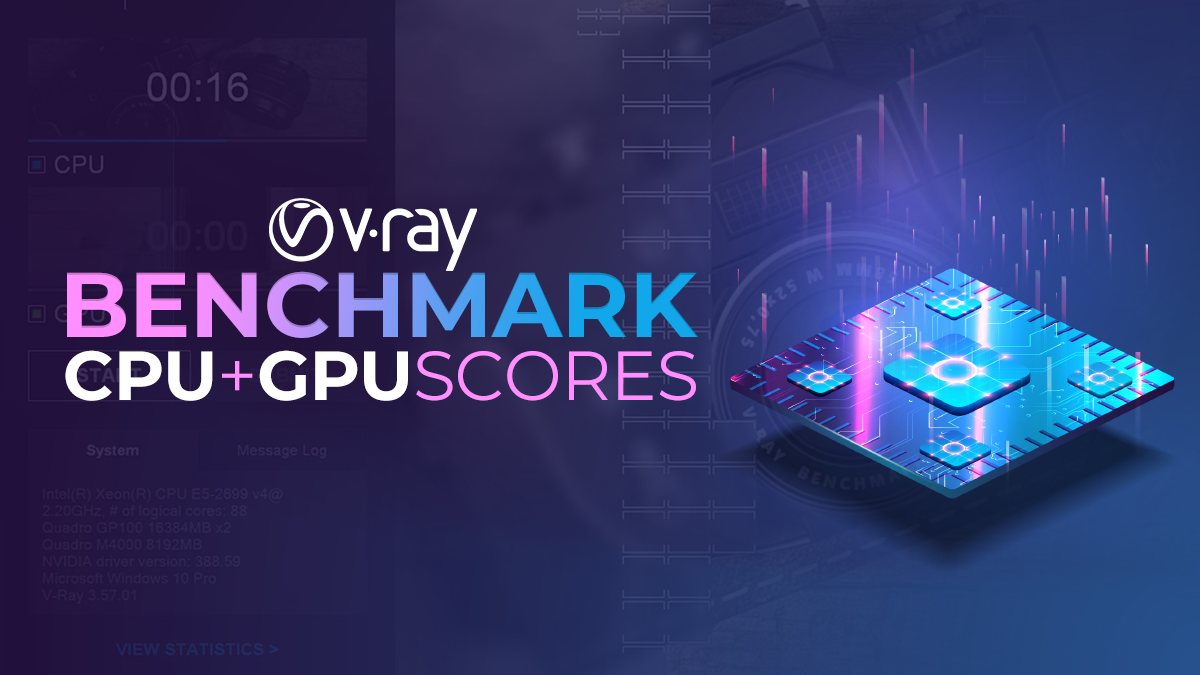Just a short film made to test out a few ideas. Of significance is the hybrid ray tracing here, with reflections being traced but the lighting being handled by lumen, which cuts down render time for this look by over 90%.
Upvote
7

I'm saying this movie was made in 8 hours from concept to upload, inside a computer with no budget. Viva la Revolution.Wait. Are you saying this movie was made, like, inside a computer? Not with wires and trick photography?
Lol. I know what you mean. I spent many years frustrated by insanely long render times. I'd spend 5 days rendering a test print for a client, and then they would say, ok, it's good, but can you go back and just change this one detail that's in every single scene.I'm starting to feel sick. I take it you rendered these images in a few second/image? So why is everyone else, myself included, always talking about our 20 minute- 24hour/per frame renderings? I was assuming that your method gave speed at the expense of something else but so far, I haven't seen any of your images lacking in anything.
You must have keys the ILM.
Or maybe a render farm?
Yup. I've said before that I think there are two types of people (beyond people who think there are two types of people and those who dont): People who are on TV and people who watch TV. The first are mostly ass holes, the second, mostly dumb asses.I'm saying this movie was made in 8 hours from concept to upload, inside a computer with no budget. Viva la Revolution.

Lol, it's not as complicated as it's made to look here. This is just the how anything not affected by gravity or friction would bounce. Sunbeam hits car paint, turns red on contact with paint, bounces into your eye, that's it! The tracing part refers to how the computer simulates reality, by literally tracing a path from the camera to the object being filmed, to the light sources illuminating that object. Before ray tracing, we could not use mirrors, except through fakery.Yup. I've said before that I think there are two types of people (beyond people who think there are two types of people and those who dont): People who are on TV and people who watch TV. The first are mostly ass holes, the second, mostly dumb asses.
Anyway, now I think there is another two: people who can create computer generated graphics, and those of us who are barely smart enough to watch them.
Anyway, I tried to understand the issue here, and so looked up "ray tracing" on the google. The Wikipedia page on ray tracing has ten sections, one of which has ten sub-sections. It is about seven times longer than the page explaining relativity theory.
I found out it has something to do with this:
(illustrations from Wikipedia ray tracing page)

A guy with a broken guitar and a long string, and a diagram of a stomach and another guy . . . something.
Or this:

A guy drawing a picture of a naked lady's, uh, beaver.
This example makes a little more sense to me:

I get it now: it's computer animation.
But I finally understood, with this explanation;

I thought it had something to do with the Blinn-Phong illumination equation.
Anyway, Nate, all I can say is that it's a very cool video, and all the light and the reflections look, to me, just fine.
This is a true story. I was talking to this guy, and I showed him one of these "Pitch meeting" episodes. I told him a bit about the host, and he asked me, in all seriousness, "who is the other guy?"I can tell, interesting so many people cannot.
I'd say the lack of UGLY shadows is truly half the battle when it comes to lighting.
You have absolutely no issue with ugly shadows since there are barely any shadows at all
Here is some additional information that you might find helpful.Nate, THANK YOU for reminding me about something right in front of my face; RT! Without doing any texture or light baking, I just flipped a switch to RTX and my renderings went from 8.5 minutes down to 34 seconds. The strange thing is that the renderings look different but better. My underwater shots look more like what you would expect when looking up while underwater. That includes GI and maybe Caustics. I feel like I've discovered something wonderful, and it was right there the whole time!!! I'll start another thread and post some images and videos tomorrow.

I have countless things to say about physics, but I think people are probably capable of becoming incredibly bored without my direct intervention.I do enjoy you all's discussion about this stuff (and sorry to clog it up trying to be humorous, lol). I get some real insight into these processes, and it is fascinating. In this world, and in, I believe, all worlds, everything is physics.
This is a true story. I was talking to this guy, and I showed him one of these "Pitch meeting" episodes. I told him a bit about the host, and he asked me, in all seriousness, "who is the other guy?"
I explained that the other guy is just another shot of him, with different clothes and glasses. He didn't believe me. He still to this day thinks that this is two people having a conversation.
That's nothing. I had a conversation (IRL in-person) where a person suggetsed that the 9/11 attacks were all a conspiracy that never happened.
They weren't convinced, but they were seriously questioning.
There's all kinds of dumb shit on the internet. Stuff that you encounter organically in the real world hits differently.The Flat Earth Society
Welcome to The Flat Earth Society, home of the flat earth forums and the largest library of Flat Earth Society journals, newsletters, interviews, and books.theflatearthsociety.org

